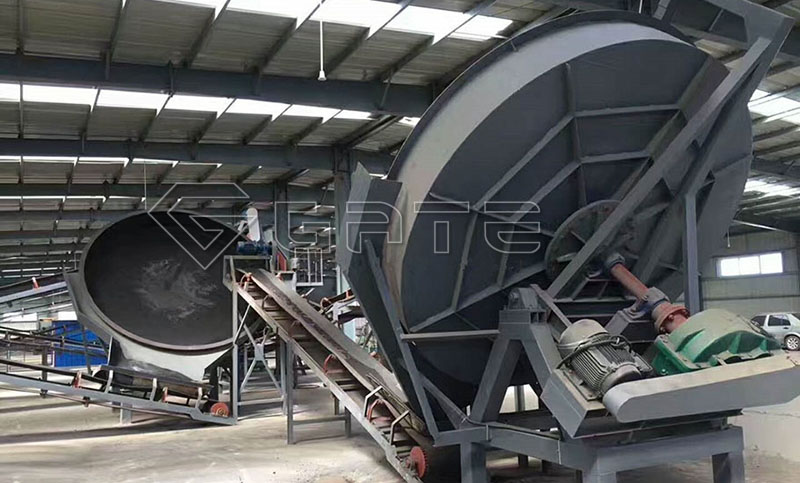How to reduce the noise of organic fertilizer equipment?
Organic fertilizer equipment: drum steam granulation to produce high-concentration compound fertilizer process, organic fertilizer equipment disc steam-free granulation to produce high, medium and low concentration compound fertilizer process, compound fertilizer anti-caking technology, high nitrogen compound fertilizer production technology, Urea melt-spraying and granulation technology for producing organic-inorganic compound fertilizer has filled the domestic blank. Now, the organic fertilizer equipment market has appeared the amino acid and ammonia spray slurry granulation methods, which are suitable for domestic market and more suitable for domestic large, medium and small enterprises.
The problem that easily occurs with organic fertilizer equipment is the problem of noise. If we encounter such a situation in production, how can we find and solve it? In the mechanical transmission of organic fertilizer equipment, if an abnormality occurs (often reflected in the form of noise), changes in the amount of vibration and the vibration waveform generally occur. Based on acoustic vibration information (that is, vibration information), the vibration and vibration sources are detected and analyzed, and the deterioration state of the machine can be quantitatively grasped without stopping and disassembling.
Fault diagnosis of organic fertilizer equipment often uses mechanical vibration as a characteristic parameter
1) Basic parameters of vibration The basic parameters of vibration are amplitude, frequency, and phase.
2) Frequency is used to determine which part is causing vibration for what reason. That is, by comparing the vibration frequency with the natural frequencies of rolling bearings, gears, shafts, rotors, couplings, etc. in mechanical transmission, the source of vibration failure can be found.
3) The vibration value is used to understand the degree of deterioration of the equipment. Vibration values are often used to specify vibration accuracy standards.



















Leave a Messages